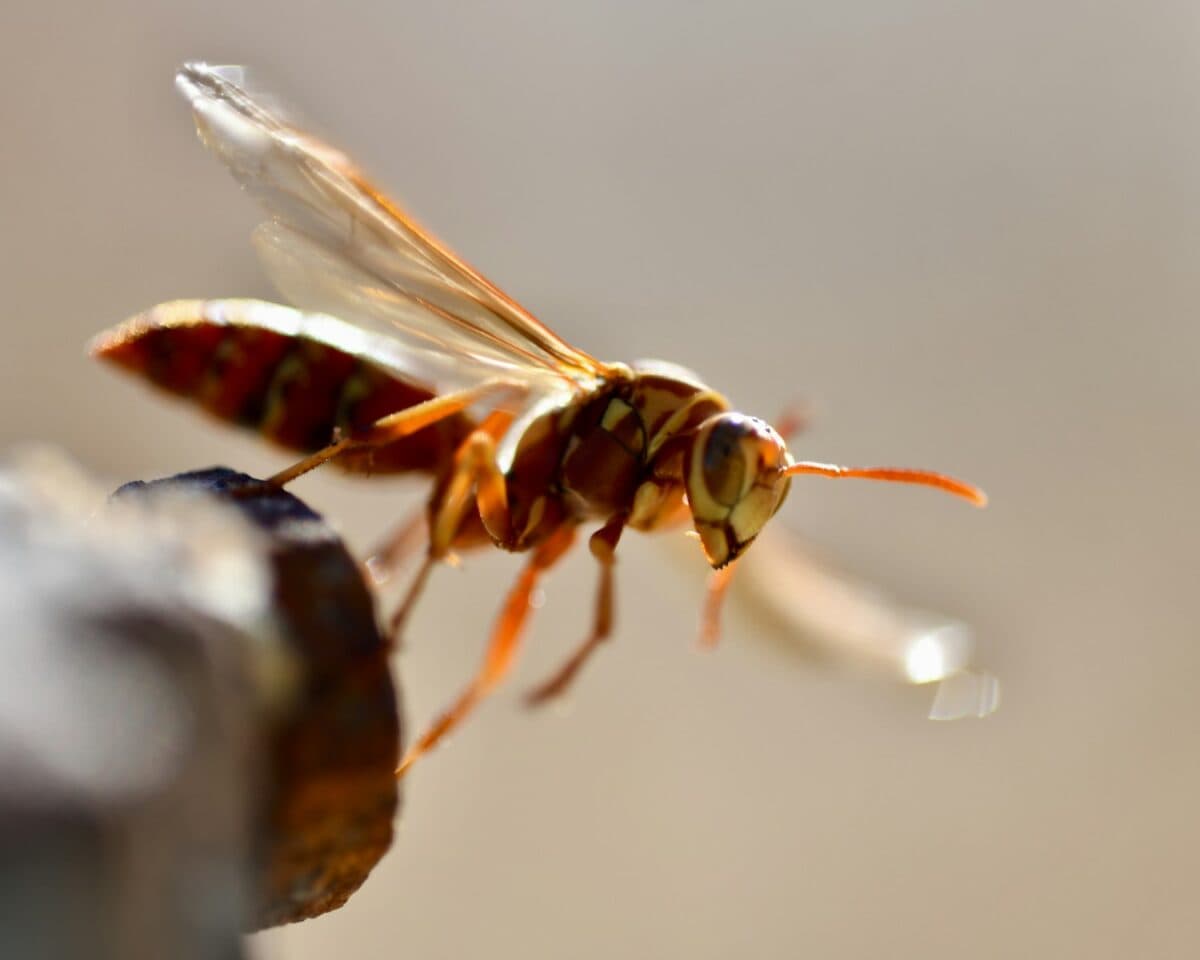The Asian giant hornet, more sensationally known as the “murder hornet,” has captured the attention of scientists and the general public alike, primarily due to its daunting size and aggressive behavior. Officially named Vespa mandarinia, these hornets are the world’s largest hornets, capable of growing up to two inches long. They are native to East Asia and, while seldom deadly to humans, their presence in the United States has raised significant concerns regarding the local bee populations, specifically the essential honeybees critical for pollination.
Arrival in the United States
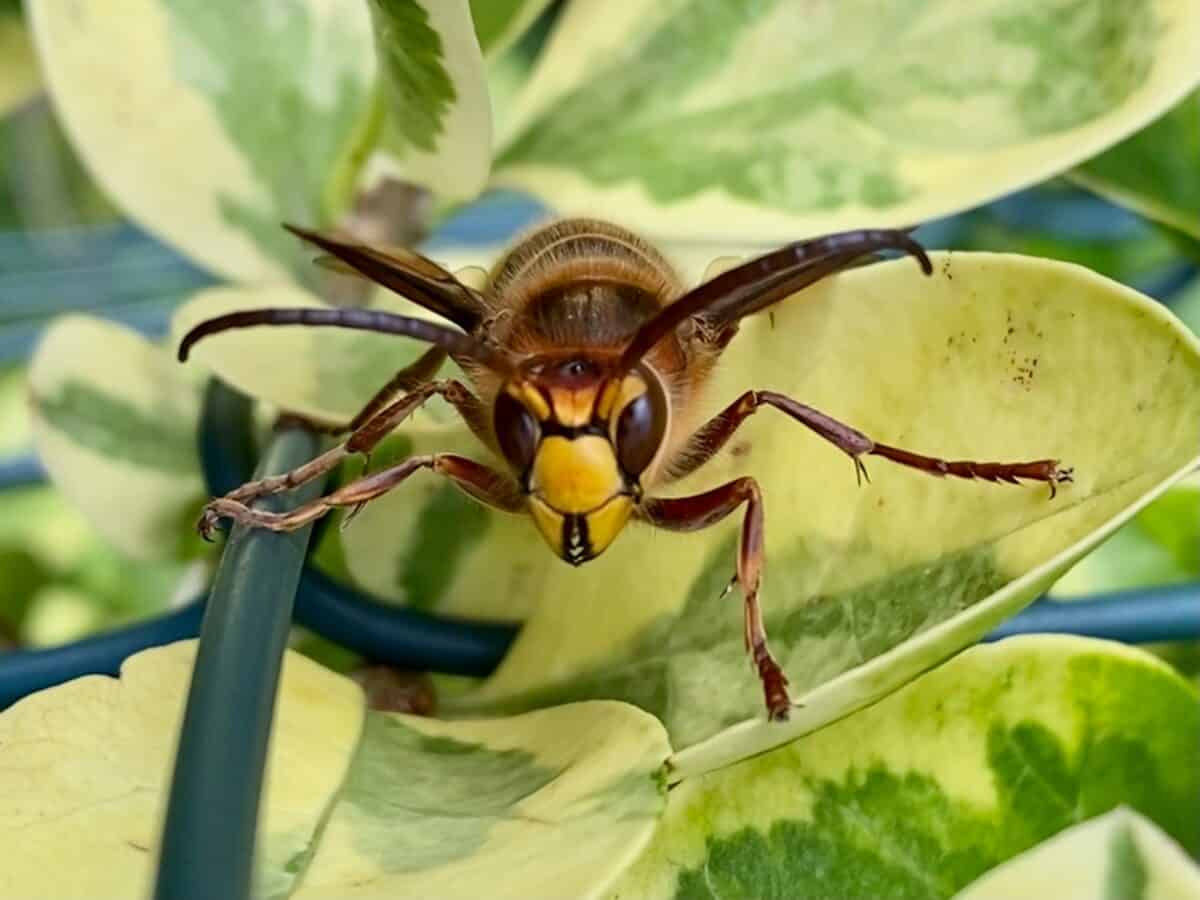
These formidable insects were first spotted in the United States in late 2019 in Washington State. It is believed that they arrived inadvertently, possibly through international freight containers, and began spreading. Their capacity to establish colonies poses a significant ecological threat, especially to the honeybee populations, as hornets are known to decimate entire bee hives.
Murder Hornets and Their Diet
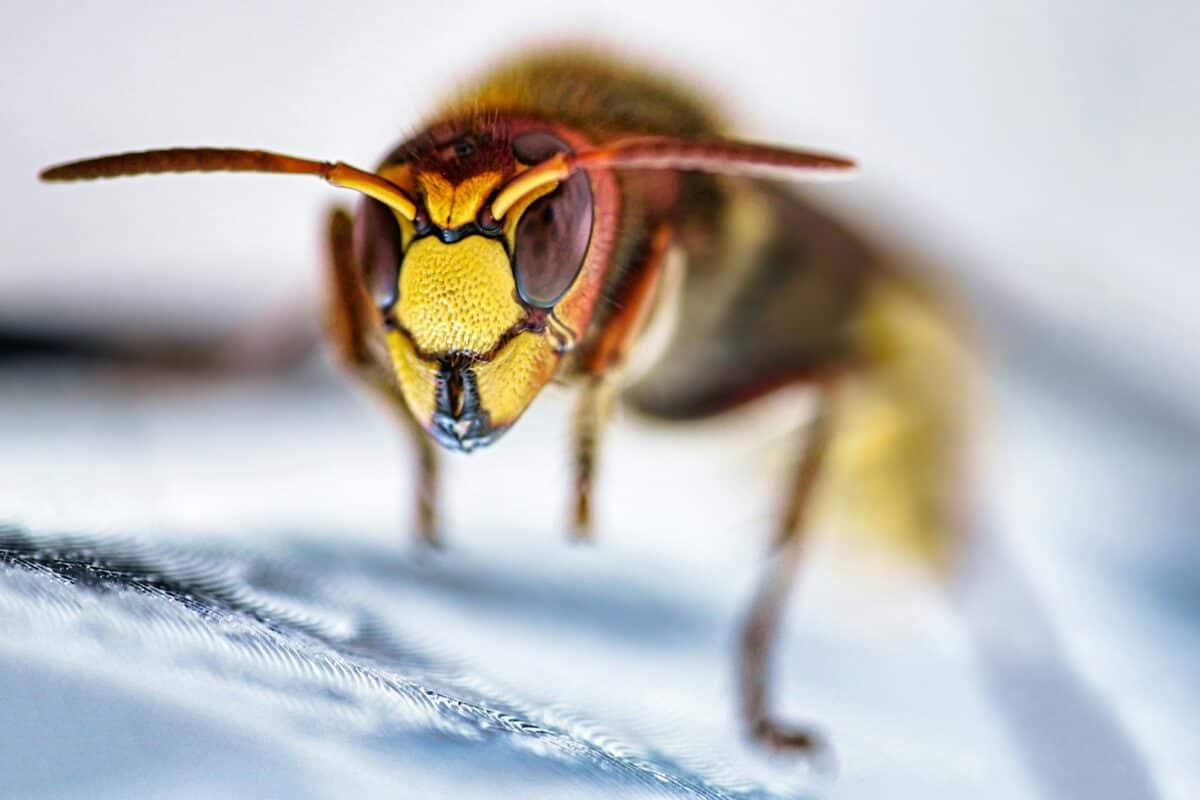
The moniker “murder hornet” is derived chiefly from their feeding habits. Adult giant hornets primarily feed on sugary substances like tree sap but become predatory when it comes to feeding their larvae. They target other insects, with a particular preference for bees, which they can kill in large numbers. A single hornet is capable of killing dozens of bees per minute using their strong mandibles to decapitate them. Afterward, they carry the thoraxes back to their nests to feed their young.
Impact on US Bee Populations

The presence of murder hornets poses a severe threat to the already vulnerable bee populations in the United States. Honeybees play a critical role in pollination, which is essential for numerous crops across the country. With bee populations already declining due to pesticides, habitat loss, and diseases, the additional pressure from an invasive predator like the murder hornet could have disastrous ecological and economic impacts.
One of the hornets’ most damaging tactics is the “slaughter phase,” during which a group of hornets can destroy an entire bee colony in a few hours. This behavior poses a profound risk to the ecological balance and agriculture, as bees pollinate approximately 75% of the fruits, nuts, and vegetables grown in the United States.
Measures to Control the Spread
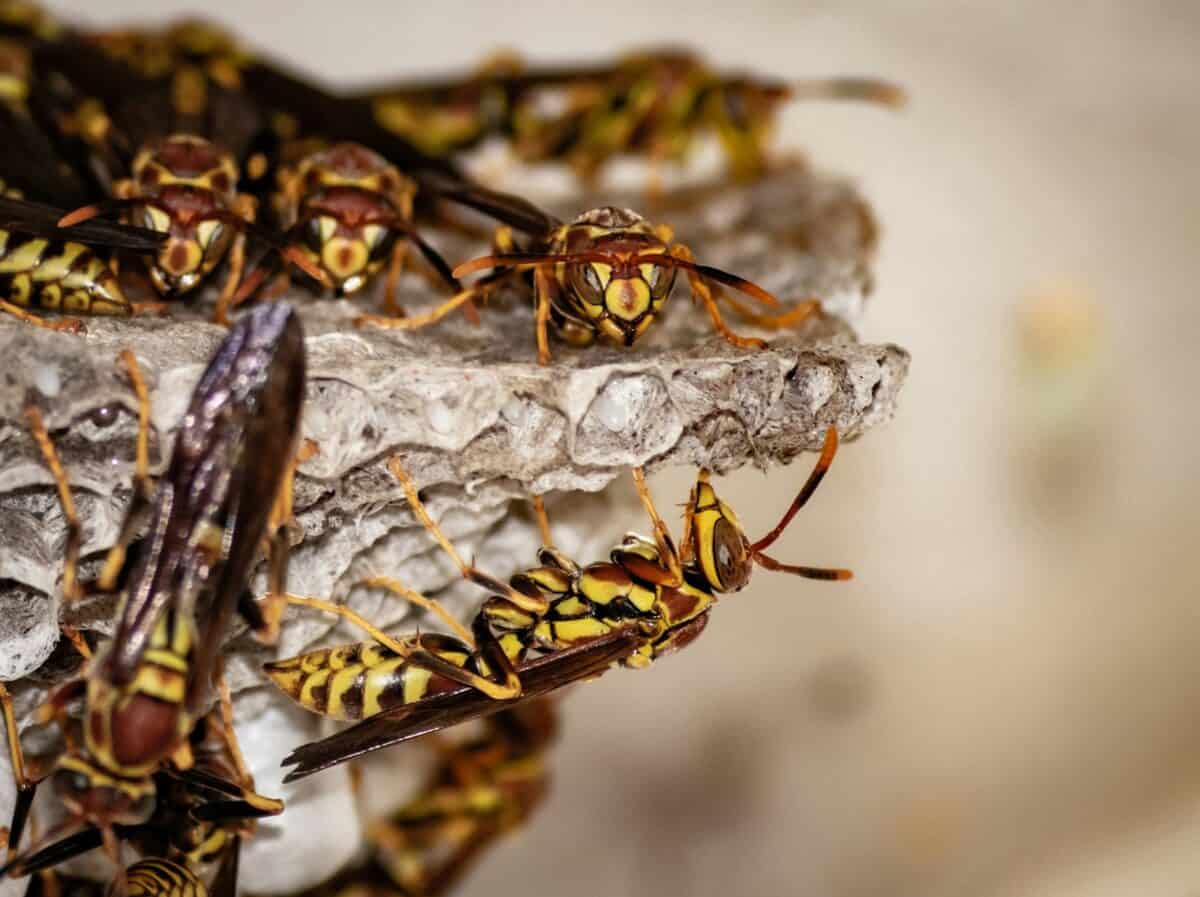
In response to the threat posed by these invasive predators, the Washington State Department of Agriculture (WSDA) and various entomologists nationwide have been working tirelessly to track, control, and eradicate hornet populations. Strategies include setting traps, tracking movement using radio telemetry, and destroying detected nests. Public awareness campaigns have also been launched to educate local communities on identifying and reporting hornet sightings.
Working Towards Solutions

Biologists and researchers are exploring various strategies to mitigate the impact of murder hornets on bee populations. One focus is enhancing the resilience of native bee populations by improving habitat, minimizing pesticide use, and supporting organic and diversified farming practices. Enhancements in apiculture techniques, such as providing beekeepers with tools and knowledge to protect their hives actively, are also crucial. Moreover, international collaborations are focusing on understanding and controlling the hornet populations in their native ranges to prevent further spread.
Conclusion
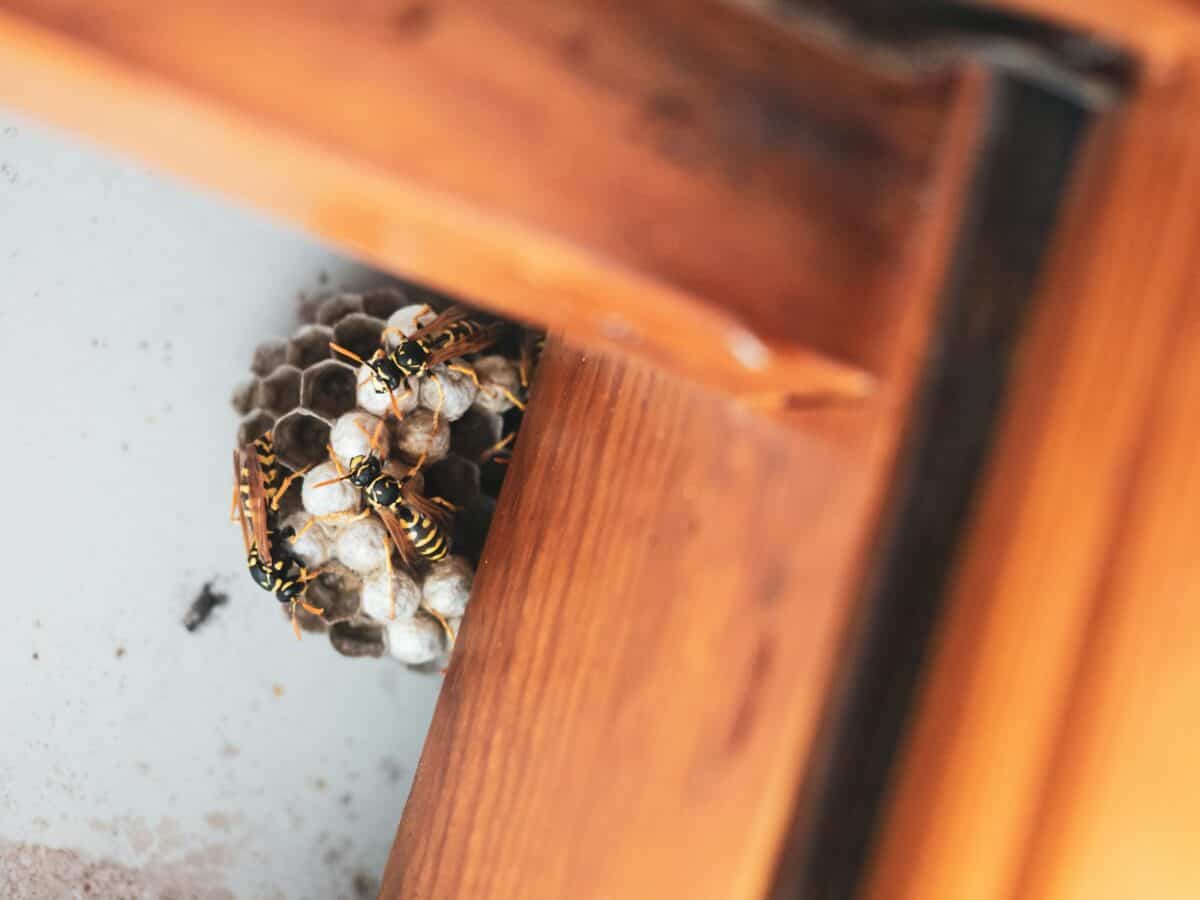
The emergence of the murder hornet in the United States serves as a stark reminder of the delicate balance of ecosystems and the potential consequences of invasive species introductions. While these hornets present a significant challenge, ongoing efforts by scientists, policymakers, and the public offer hope in curbing their spread and protecting vital bee populations. Continual research, surveillance, and collaboration remain essential to preserve the ecosystems that are intrinsically linked with the health of bee populations.
- The Most Unique Fish Found in the Great Lakes of Illinois - August 22, 2025
- The Most Dangerous River in the US—And Why It’s Not What You Expect - August 22, 2025
- Why Michigan’s Wolves Are Expanding Beyond Their Protected Areas - August 22, 2025

